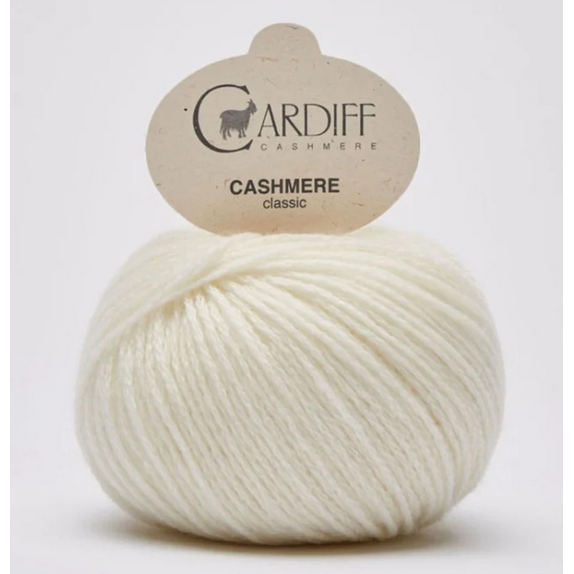Discovering the Different Kinds Of Cashmere a Natural Fiber for Ultimate High-end
Cashmere, an all-natural fiber, is typically related to deluxe and convenience. However, not all cashmere is produced equivalent. From the highly soft Mongolian variety to the lightweight heat of Indian Pashmina, each kind presents its own one-of-a-kind features and appeal. The extra economical Chinese cashmere, the typical Scottish variation, and the premium Italian mix, all tell a different story of this exceptional fiber. As we untangle the world of cashmere, a deeper understanding of its true value and class starts to arise.
Understanding the Glamorous Nature of Cashmere
Cashmere, commonly linked with deluxe and convenience, holds a special attraction on the planet of all-natural fibers. This soft, light-weight product is fancied for its outstanding warmth and remarkable toughness. Unlike various other all-natural fibers, cashmere combines insulation with breathability, using unequaled convenience throughout differing temperature levels. Its shiny finish and soft appearance contribute to its premium charm, validating the premium rate that often comes with cashmere garments. In addition, cashmere's integral crease resistance and elasticity boost its desirability, making it a recommended selection for costs garments and accessories. Regardless of its fragile appearance, cashmere possesses a shocking durability, able to retain its form and glamorous feeling with time. This special blend of characteristics seals cashmere's position as an icon of sophistication and indulgence.
Just What Is Cashmere and Where Does It Originate from?

Cashmere is obtained from the soft undercoat of cashmere goats, largely discovered in Mongolia, China, Iran, and Afghanistan. This precise process adds to the scarcity and high expense of cashmere. With its beginning in the harsh landscapes of Asia, cashmere is a testament to nature's ability to produce luxury from adversity.
Translating the Different Types of Cashmere
Comprehending the different kinds of cashmere is vital to valuing the high quality and unique characteristics of this glamorous fabric. Normally, cashmere is categorized into three kinds: raw, virgin, and reused. Raw cashmere is straight gotten from the goat and is unrefined. This kind commonly consists of pollutants such as dirt and coarse hair. Virgin cashmere, on the other hand, is the pure, unrecycled material that is rotated right into yarn for the very first time. It is the softest and most luxurious. Recycled cashmere is made from virgin product that has actually been previously utilized. It is re-spun and used in producing lower-cost cashmere items. Deciphering these types is the initial action in recognizing the exclusivity and value of cashmere.

The One-of-a-kind Characteristics of Each Type of Cashmere
Having discovered the different categories of cashmere, it becomes noticeable that each type flaunts its distinct collection of qualities. Mongolian cashmere, for circumstances, is renowned for its premium high quality, due to Mongolia's harsh wintertimes that produce longer and finer fibers. Alternatively, Chinese cashmere is frequently extra inexpensive, though its shorter fibers can minimize sturdiness.
Why Cashmere Is the Embodiment of Luxury in Style
Cashmere holds an esteemed placement in the world of published here style, considered as a sign of deluxe and sophistication. Its appeal is not simply in its gentleness and heat, but also in its rarity and the careful procedure associated with its purchase. Cashmere is originated from the fine undercoat of Himalayan goats, understood for their premium quality fiber. The scarcity of this fiber, integrated with the labor-intensive procedure of collection, adds to its high cost and special standing. In addition, cashmere's exceptional convenience and longevity make it a sought-after product in the production of premium garments. Its natural lightweight and insulating properties include in its value, making it the epitome of high-end in vogue.
The Process of Making Cashmere: From Goat to Garment
The journey of cashmere, from being an undercoat of a Himalayan goat to a luxurious garment, is a detailed one. This blend is after that painstakingly divided, with only the soft down made use of for cashmere. From goat to garment, each step is a testament to the perseverance, artistry and ability included in crafting cashmere.

Final Thought
To conclude, cashmere, with its natural elegance and unequaled convenience, rules supreme on the planet of luxury style. The diversity in kinds, varying from the soft Mongolian, lightweight Indian Pashmina, budget-friendly Chinese, standard Scottish, to the colorful Italian, discloses the adaptability of this natural fiber. The meticulous process of changing it from a goat to a garment better contributes to its exclusivity, making cashmere the epitome of refinement and high-end.
Cashmere, an all-natural fiber, is commonly associated with deluxe and comfort (is cashmere a natural fiber).Cashmere, often linked with deluxe and convenience, holds a special allure in the globe of natural fibers. Unlike other natural fibers, cashmere combines insulation with breathability, offering unmatched comfort throughout varying temperature levels. Cashmere is acquired from the soft undercoat of cashmere goats, mostly located in Mongolia, China, Iran, and Afghanistan. Find Out More Cashmere is acquired from the fine undercoat of Himalayan goats, recognized for their superior high quality this page fiber